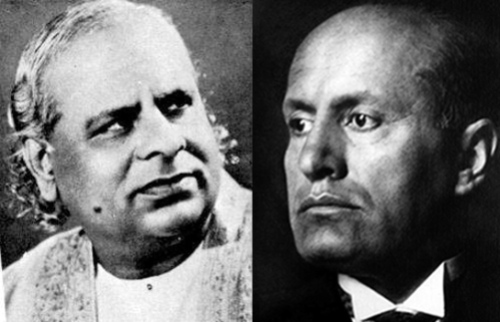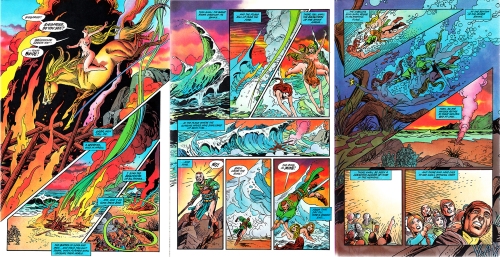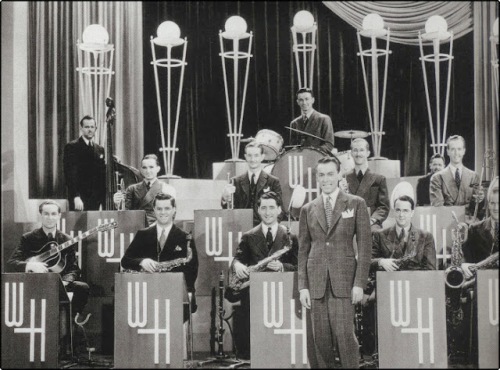Although the Conn firm is best known as a maker of brass instruments, it produced violins, violas, and violoncellos for 30 years.
In 1897 Charles Gerard Conn engaged the Italian violin maker William V. Pezzoni to manage the new venture, and advertisements for the Wonder violin appeared even before production began.
Over a period of 18 years, more than 1200 Wonder violins were produced. However, when Carl D. Greenleaf bought the firm, he discovered that they were the slowest selling items in stock. By 1927, the obsolete and unprofitable manufacturing process was phased out and the overstock liquidated; advertisements announced that, due to technological advancements, the Wonder violin could now be sold for only $50.
This according to “C.G. Conn’s Wonder violin: The best violin on earth?” by Margaret Downie Banks (America’s Shrine to Music Museum newsletter XXIV/4 [August 1997] pp. 4–5.
Above, an original Wonder violin with its bow and case; below, a Wonder violin transcription.
Related article: The Hill bow












